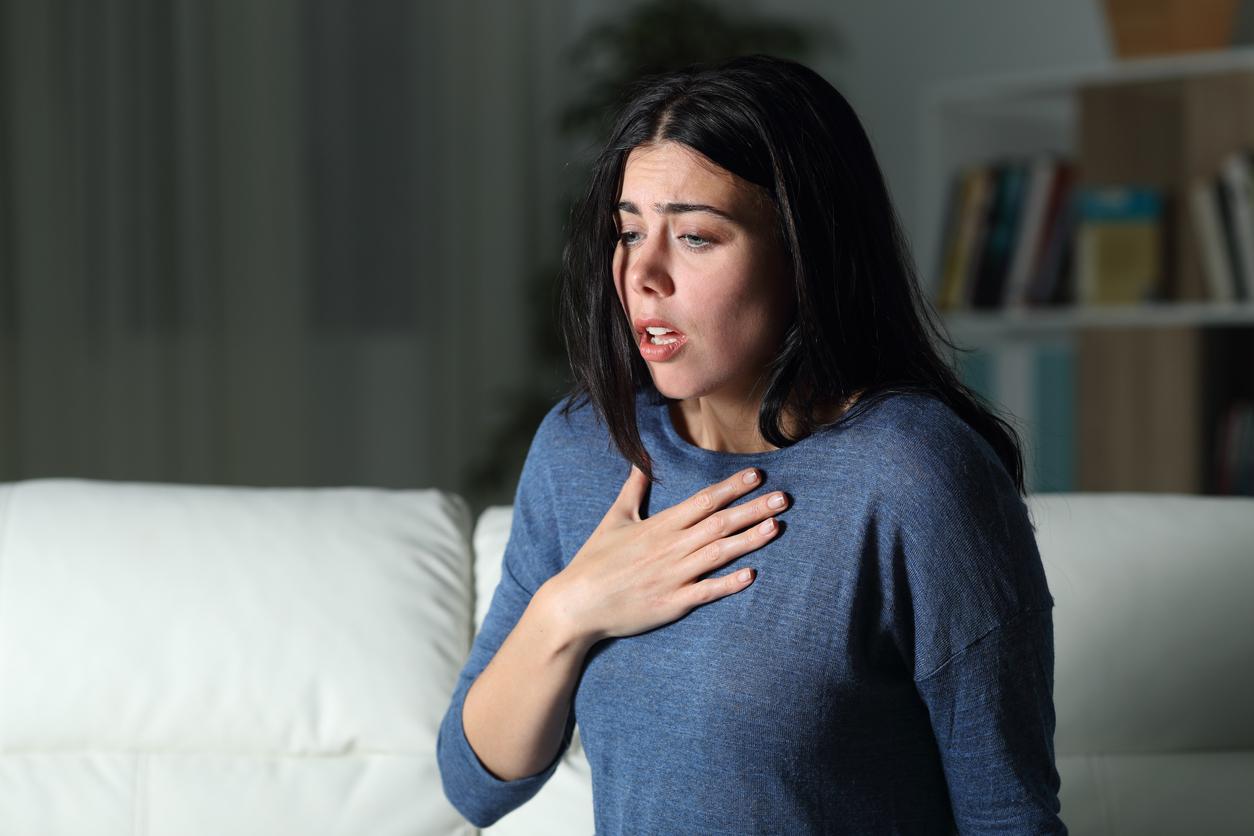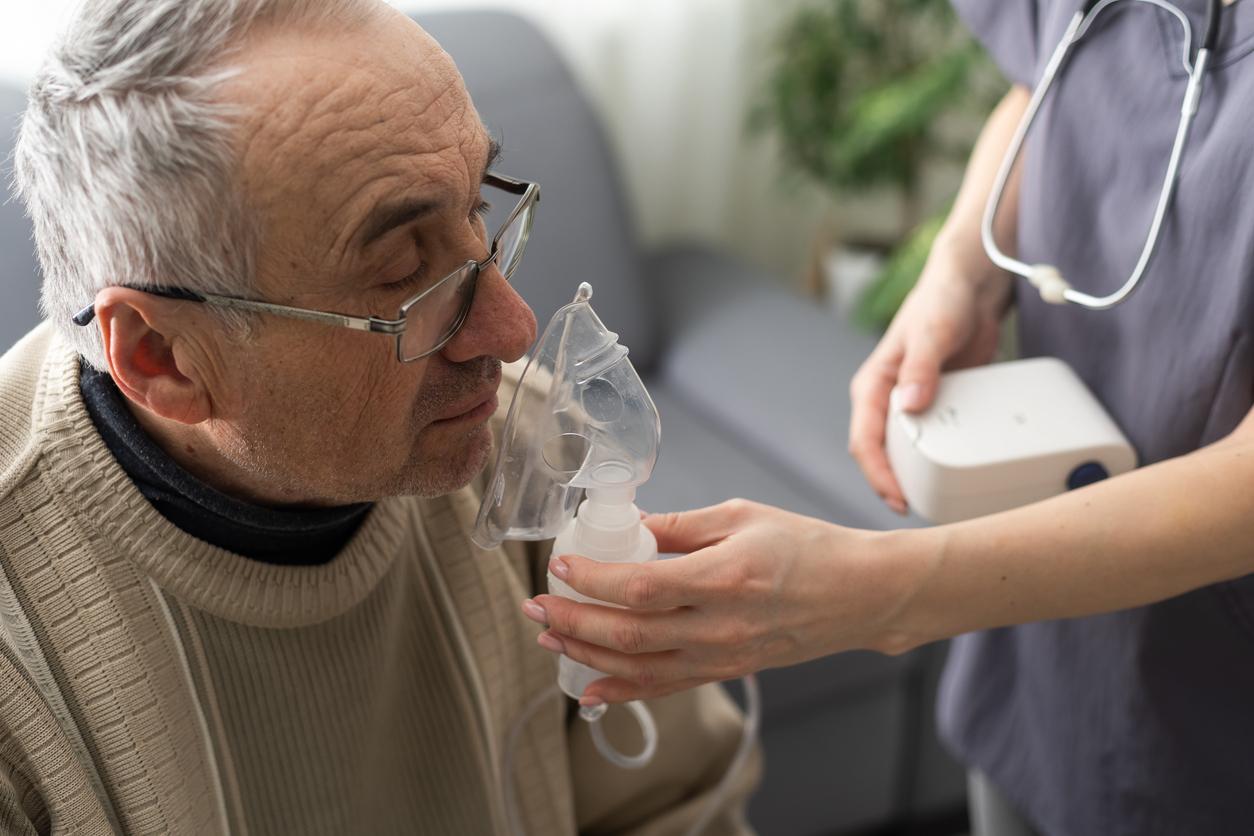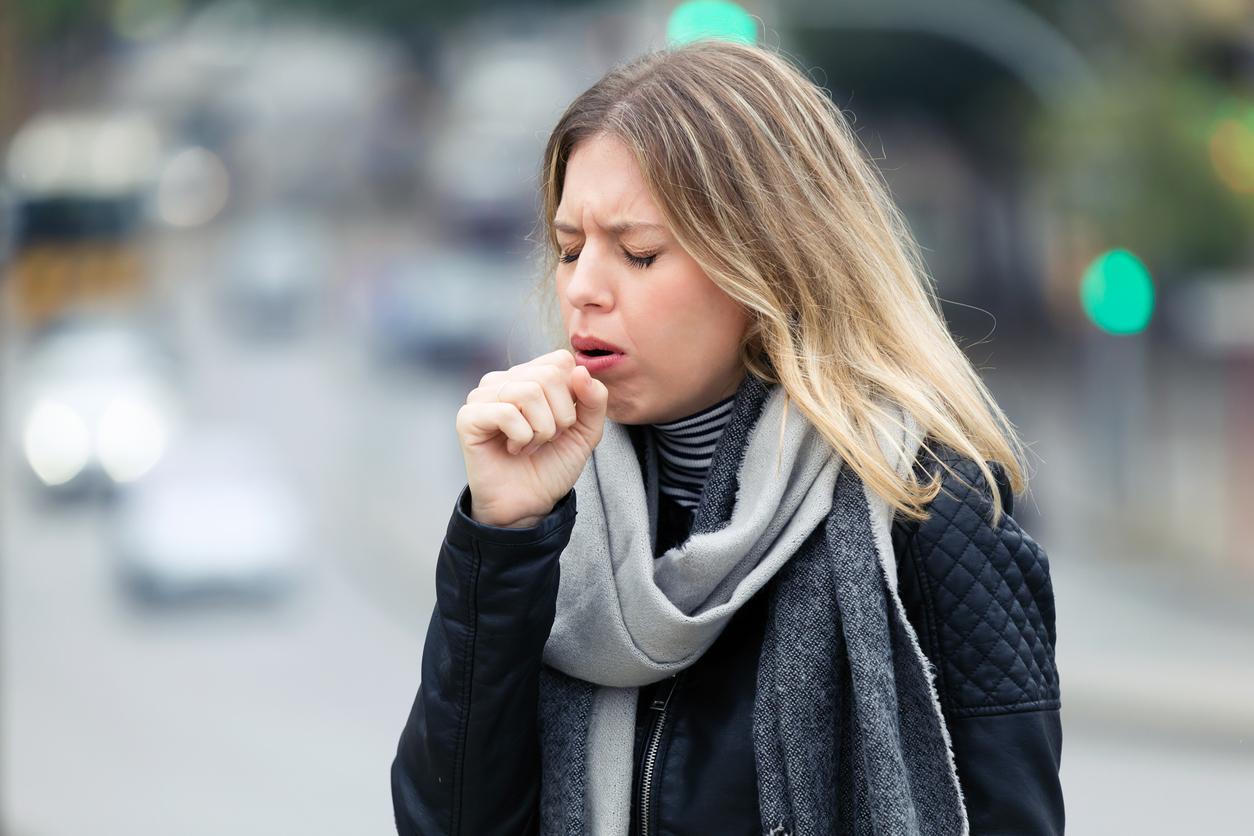
Hibernate in COPD-friendly countries
People with chronic bronchitis or emphysema, like many chronic patients, experience the consequences of their disease on a daily basis. For these COPD patients, that also means taking the weather into account. It is therefore not surprising that opportunities to escape the Dutch winter are often looked at.
COPD is the abbreviation of Chronic Obstructive Pulmonary Disease. In good Dutch this means chronic obstructive pulmonary disease: a collective name for chronic bronchitis and emphysema. In short, this concerns damaged lungs and this is expressed in, among other things, cough and mucus, tightness, irritable airways, less effort due to shortness of breath, fatigue and weight loss.
COPD complaints usually only arise when someone has passed the age of forty and can usually – in 82 percent of the cases – be directly attributed to the effects of smoking.
As is the case with many organs, man has one set of lungs with which he has to sing all his life. COPD is chronic and therefore not curable, but the deterioration of the lungs can be slowed down. Of course by taking medicines, but above all by living a healthy life (quit smoking!), physiotherapy, pulmonary rehabilitation and oxygen treatments.
Sky
Of all the consequences that COPD entails, for most patients, shortness of breath is the most disturbing. The air inside and outside has a direct influence on this. Many COPD patients have more complaints when it is windy or rainy. Fog, for example, consists of small water droplets that hit the lungs directly. But cold and air pollution also have consequences for how quickly shortness of breath or tired a COPD patient becomes. In the event of smog, many will therefore choose to stay indoors.
Temperature
Large temperature differences are also often a disaster for COPD patients. And they arise very quickly. For example, by walking into a store in the summer where the air conditioning is blaring, or by going outside from the inside in the winter. Anyone with damaged lungs would therefore do well to keep the day and night temperatures in the house as small as possible. 21 degrees Celsius during the day and 18 degrees Celsius at night is a nice average.
Because the complaints increase when the air becomes more humid, also in the house, an evenly heated home offers the best living environment. A central heating usually takes care of this, but there are also devices thathumidity can arrange.
hibernate
If cold and damp weather exacerbate COPD symptoms, it is of course not surprising that patients who have the opportunity to do so overwinter in a warm country. But Spain, Italy and Portugal are not the only COPD-friendly countries. Mountainous countries with pure mountain air are also good destinations, where countries with a lot of industry and therefore air pollution are obviously less so.
There are specialized tour operators and organizations that offer adapted holidays to countries where it is better for patients to stay, sometimes even for three to four months. Members of the Asthma Fund receive a discount on adapted accommodations.
That may sound rather easy: hibernate in a COPD-friendly country. In practice, this naturally means a hefty cost item. But it doesn’t hurt to think creatively about such subjects. There may be opportunities to get board and lodging in exchange for doing odd jobs, or temporary home exchange is one of the options.
Fellow sufferers find each other on various forums on the internet. COPD patients who really cannot or do not want to leave, would do well to consult their GP to make life at home as bearable as possible.















